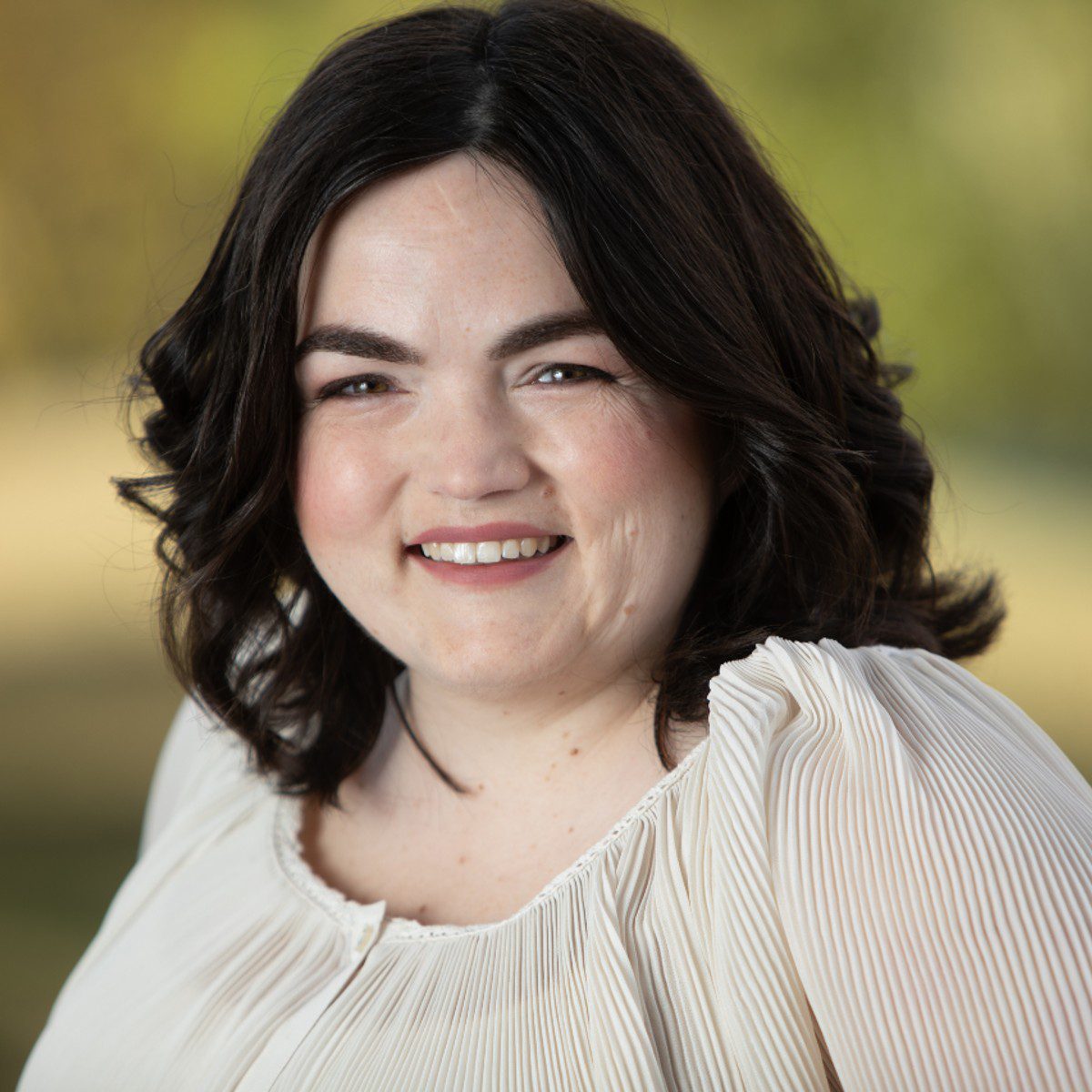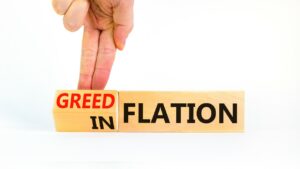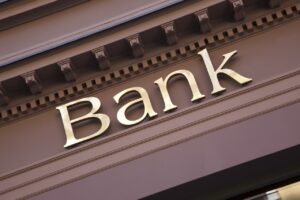The Lipstick Index is an unconventional economic indicator. It suggests sales of affordable luxury goods, particularly lipstick, increase during times of economic hardship. This theory, coined by Leonard Lauder, former chairman of Estée Lauder, posits that when faced with financial uncertainty, consumers often forgo large expenditures like travel or designer items but continue to indulge in smaller “feel-good” purchases like cosmetics.
The Lipstick Index has garnered attention for its potential to signal economic downturns. While an interesting concept, it’s important to understand the nuances of this theory and its limitations.
Lipstick Index through history
Several historical examples lend credence to the Lipstick Index. During the Great Depression, despite a significant drop in industrial production, makeup sales witnessed a significant rise. Similarly, the cosmetics industry saw employment gains during the 1990 recession while other manufacturing sectors struggled. Lipstick sales surged in the wake of the 2001 recession and The Great Recession of 2008-2009. This is particularly true for those of premium brands.
The pandemic was a bit of an anomaly. Between 2019 and 2020, Statista shows that lipstick Sales actually dropped from 48% in Canada. It quickly regained footing increasing 20% in 2021 and then 51% in 2022. This change in pattern can be explained by the fact that people were wearing masks at the time. That being the case, it didn’t make sense to focus on lipstick. Overall cosmetics did still see an uptick.
Considering how quickly lipstick sales jumped back it can be argued that this is still reflective of the the Lipstick Index phenomenon. While the word recession has been used officially, many Canadians are struggling financially. Even so, lipstick sales have now surpassed what they were before the pandemic.
How the Lipstick Index has evolved
While the Lipstick Index initially focused on lipstick, it has evolved to encompass a broader range of affordable luxury goods. This includes items like premium chocolate, specialty coffees, and takeout meals. Collectively, they represent a “life’s little luxuries” portfolio that reflects consumer sentiment and behaviour.
In 2020, amidst the economic downturn caused by the COVID-19 pandemic, the Lipstick Index shifted to a “Moisturizing Index.” This change was attributed to mask-wearing. Lipstick usage went down but demand for skincare products skyrocketed as consumers focused on self-care.
The thought patterns behind the Lipstick Index
Several theories attempt to explain the psychology driving the Lipstick Index.
One suggests that consumers seek emotional gratification and comfort through small indulgences during stressful times. These purchases provide a sense of control and normalcy when faced with financial uncertainties.
Another theory posits that these small luxuries trigger a dopamine rush, offering a temporary psychological lift. This “feel-good” factor can be particularly appealing when consumers are grappling with anxieties about the future, extending beyond financial concerns to encompass environmental issues, political upheaval, and natural disasters.
While wanting a little sense of normalcy or relief from anxiety is understandable it’s important not to cross over into denial or avoidance. The “Ostrich Effect” was coined in 2009 when Carnegie Mellon researchers, George Loewenstein and Duane Seppi, noticed investors wouldn’t pay as close attention to their portfolios during times of economic hardship. They have since supported this observation with a study showing that investment account logins dropped by 9.5% when the economy was rocky. The temptation to deny or avoid is understandable. It’s simply human nature. Just don’t indulge to the degree that affects you negatively.
More reliable indicators and alternative explanations
Despite its historical support and recent trends, it’s crucial to acknowledge that the Lipstick Index is not a foolproof predictor of economic downturns.
Firstly, it’s a less technical and more anecdotal indicator compared to traditional economic measures like GDP growth or unemployment rates.
Secondly, cosmetic sales can experience growth even during periods of economic prosperity, making it challenging to solely attribute sales increases to economic hardship.
Furthermore, some argue that the recent surge in beauty sales might be influenced by factors beyond economic anxieties. The rise of social media platforms like TikTok has significantly impacted consumer behaviour, with viral trends driving demand for specific products. Additionally, the growing focus on wellness has fueled the popularity of skincare and self-care products, contributing to the overall growth of the beauty industry.
Nice to talk about, not a conclusion
While the Lipstick Index might not be a perfect economic predictor, it offers a fascinating insight into consumer behaviour during challenging times. It underscores the enduring appeal of affordable luxuries and the desire for small indulgences that provide emotional comfort and a sense of normalcy. As we navigate economic uncertainty and evolving consumer preferences, understanding the nuances of the Lipstick Index can offer interesting and sometimes valuable perspectives for businesses and individuals alike.
That being said, if you’re experiencing financial hardship, buy a lipstick if you must, but then it’s best to consult a financial expert, like one of our trained Credit Counsellors for help.





